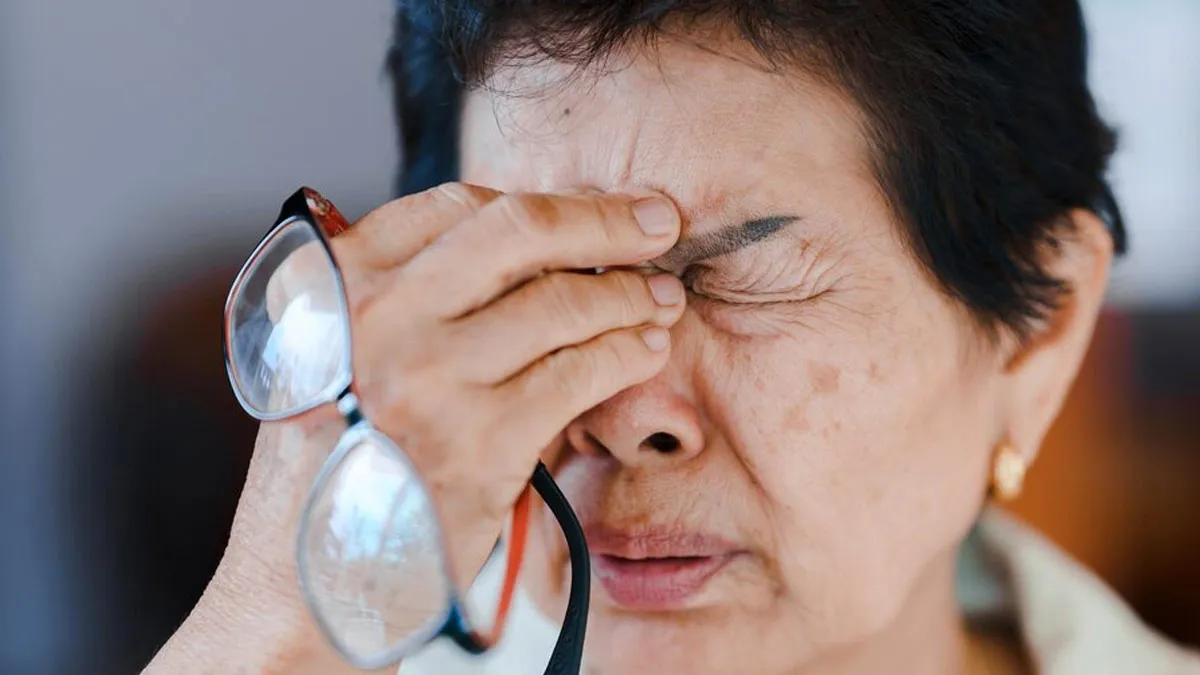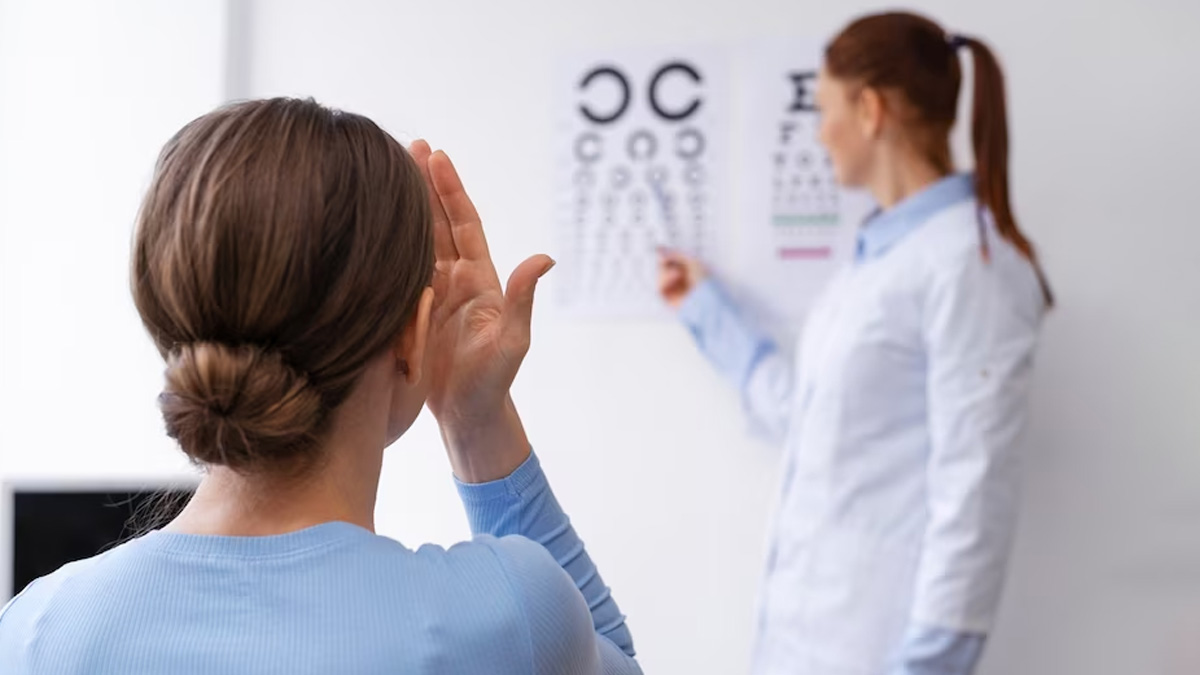
It's a familiar complaint: "My eyes just aren't what they used to be." From squinting at a restaurant menu to difficulty seeing fine print, many of us observe changes in our vision as we age. But is this a necessary decline, or are there proactive measures we can take to preserve our eyesight? The answer is yes, our vision does shift with age, but learning about these changes is important for effectively managing them.
Table of Content:-
In an exclusive interaction with the editorial team of Onlymyhealth, our expert, Dr Shrey Kumar Srivastav, General Physician and Senior Consultant, Sharda Hospital - Noida, explained to us everything you need to know about eyes as we age. Here is what you need to know!
Most Universal Vision Change: Presbyopia
“The most universal vision change associated with age is presbyopia,” Dr Srivastav highlighted. Usually occurring in our mid-to-early 40s, presbyopia isn't a disease but rather an innate stiffening of the eye's lens. This lens, which focuses light onto the retina, slowly becomes less flexible, making near vision more difficult. It's the reason why so many people find themselves reading material further and further away – the infamous "long arm" syndrome. Frustrating though it is, presbyopia can be corrected with reading glasses, bifocals, multifocal lenses, or even certain contact lenses.

Also Read: From Numbness To Brain Fog: Expert Lists Early Signs Of Multiple Sclerosis You Should Watch Out For
Widespread Age-Related Eye Disorders
1. Cataracts
Apart from presbyopia, several more severe age-related eye disorders can arise. According to Dr Srivastav, the most common is cataracts. A cataract is a clouding of the natural lens in the eye, resulting in blurred vision, pale colours, glare, and poor night vision. Although it's commonly linked with age, cataracts can form at any age, but they become more prevalent after age 60. The best part is that cataract surgery is a very successful and routine surgery that can restore clear eyesight.
2. Age-related Macular Degeneration
Age-related Macular Degeneration (AMD) is another severe issue. This disorder impacts the macula, the central element of the retina that is in charge of clear, high-quality vision. AMD may cause blurry central vision, wavy lines, and even blind spots. There are two forms: dry AMD, which insidiously advances, and wet AMD, which is more aggressive and advances rapidly. Although there is no treatment for dry AMD, wet AMD is treated with injections such as anti-VEGF, which can reduce its rate of progression and help maintain vision.
3. Glaucoma
Glaucoma is another age-related disease of the eye that can steal vision quietly. Glaucoma is frequently referred to as the "silent thief of sight" because it destroys the optic nerve, typically as a result of higher pressure within the eye. The slyness of glaucoma is that it frequently has no early warning signs, and side vision is generally damaged first, making early detection challenging without routine eye examinations. Prompt diagnosis and treatment, typically with drops, can prevent considerable loss of vision.

Also Read: Power Pairings: 6 Food Combos That Boost Health More Together Than Alone, Says Expert
Preventive Measures for Healthy Eyes
So whereas some vision alterations are an inevitable part of ageing, much of age-related vision impairment is preventable or curable. The most important thing you can do is get regular comprehensive eye exams, particularly after age 40. These examinations extend far beyond merely looking at your prescription; they enable your eye doctor to test for diseases such as cataracts, glaucoma, and AMD, frequently before you ever experience symptoms.
In addition to professional treatment, a good lifestyle is also essential. An antioxidant-rich diet that includes leafy green vegetables and omega-3 fatty acids can help shield your eyes. Wearing sunglasses and refraining from smoking will also prove to be very important preventive steps.
Bottmline
Our vision does change with age, but it's not always a slippery slope to terrible eyesight. By knowing the typical age-related issues, taking regular eye exams as a top priority, and practising a healthy lifestyle, we can enormously enhance our prospects of enjoying clear, bright vision well into the golden years.
Also watch this video
Read Next
From Numbness To Brain Fog: Expert Lists Early Signs Of Multiple Sclerosis You Should Watch Out For
How we keep this article up to date:
We work with experts and keep a close eye on the latest in health and wellness. Whenever there is a new research or helpful information, we update our articles with accurate and useful advice.
Current Version